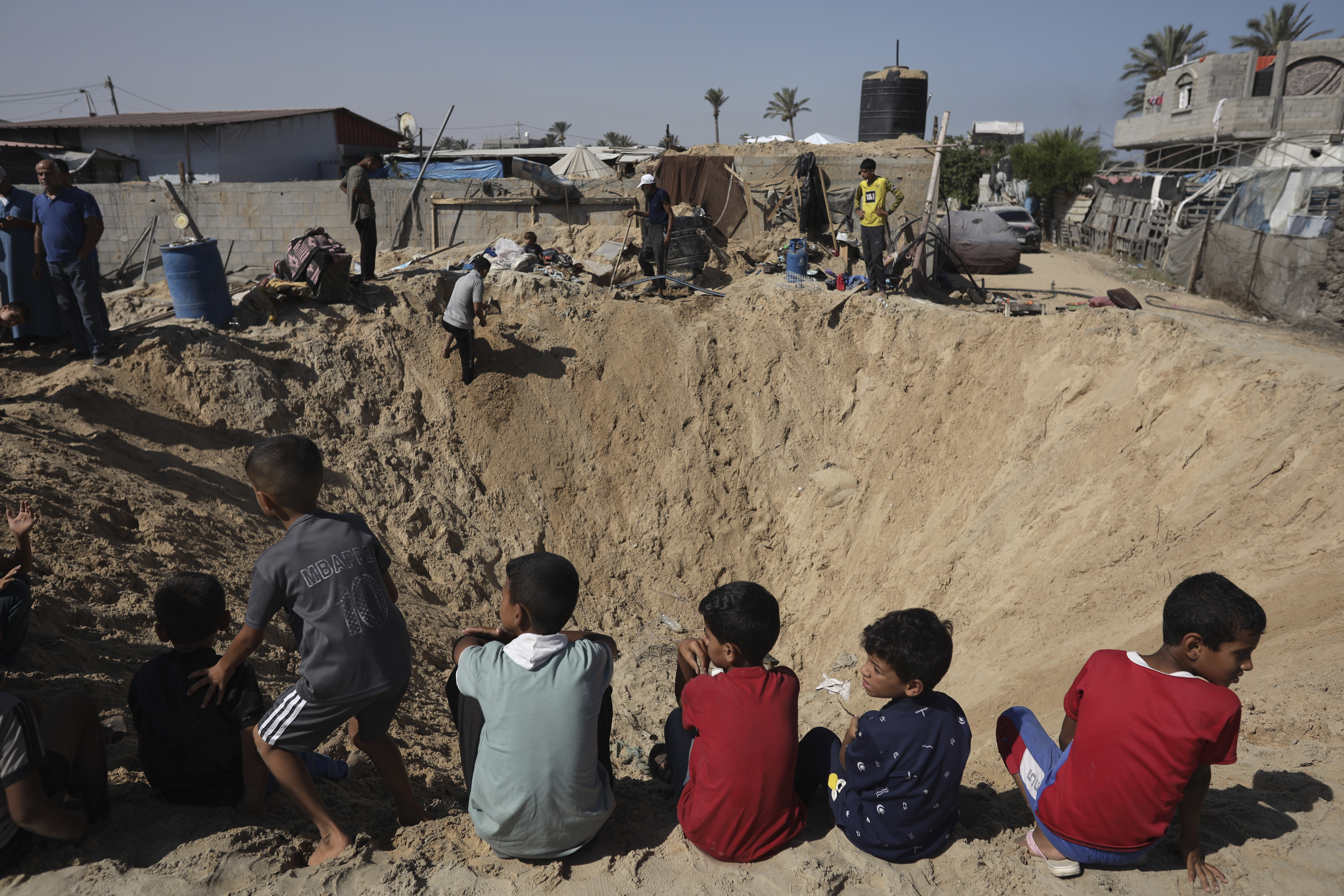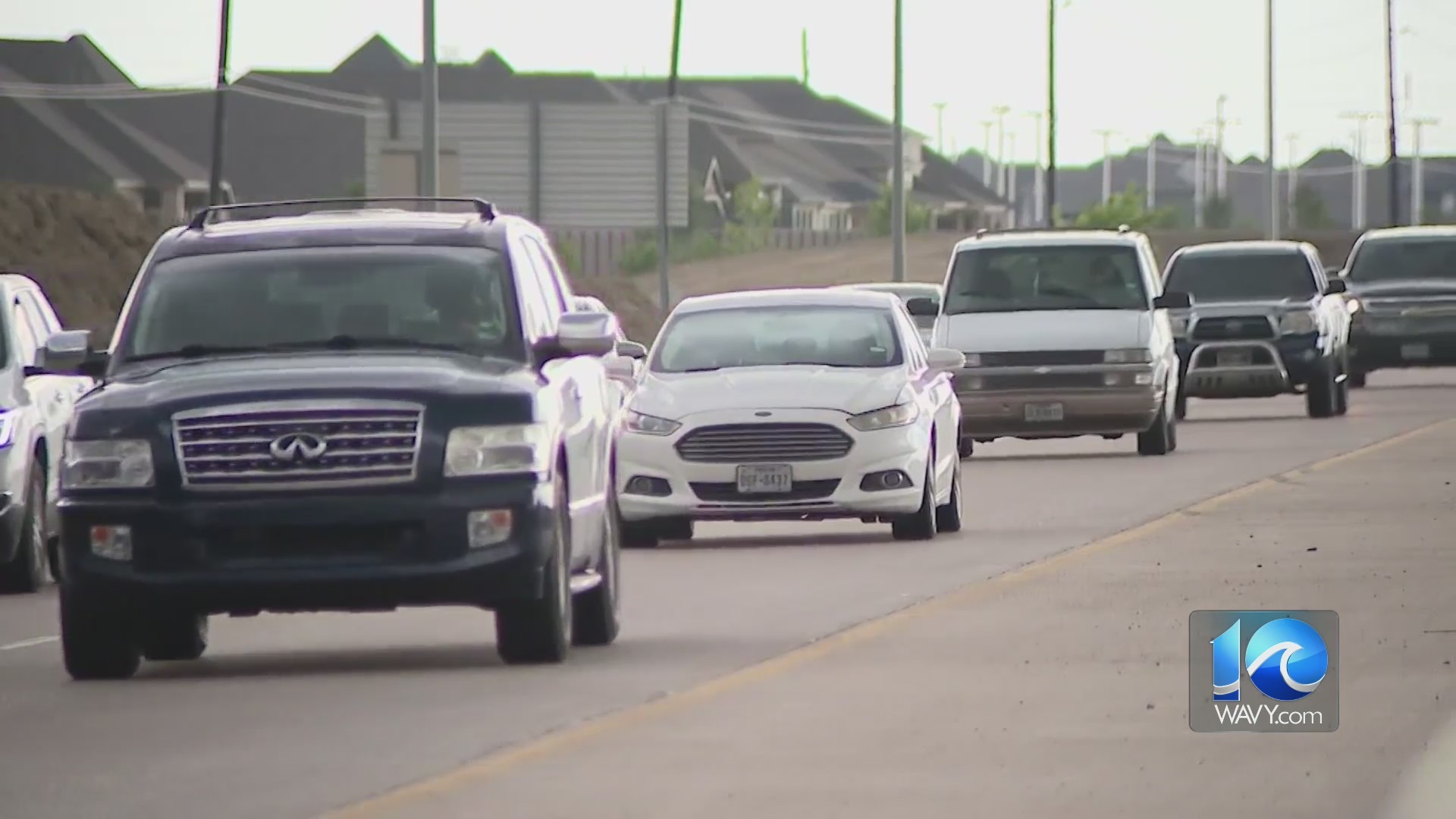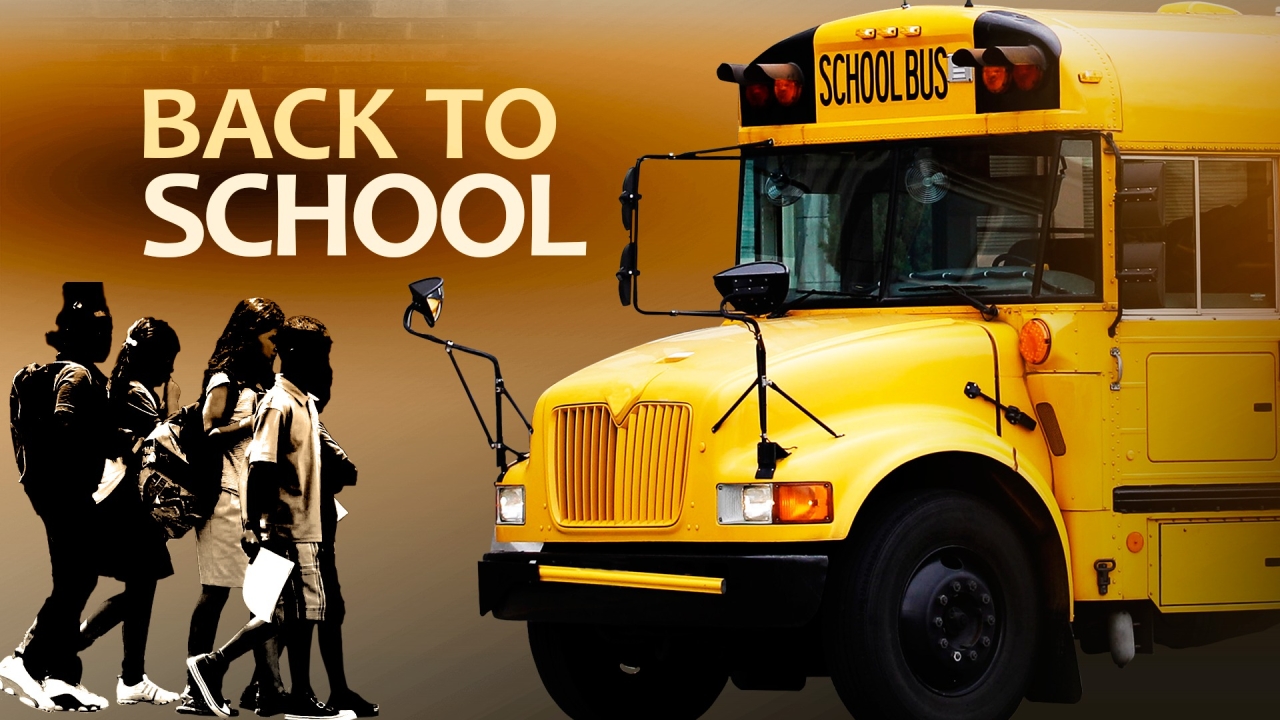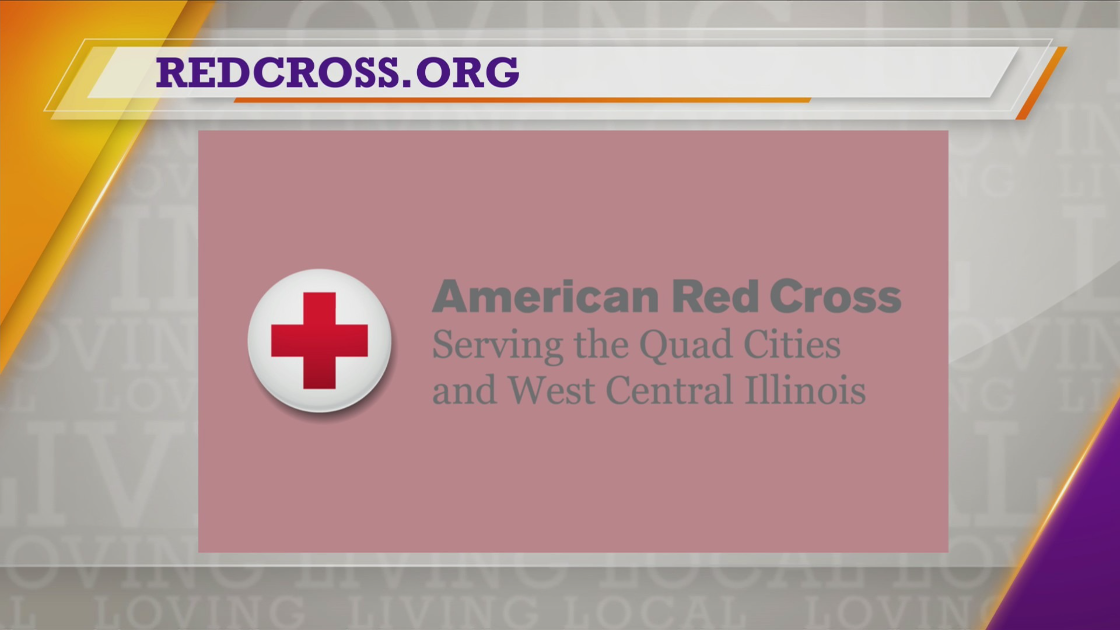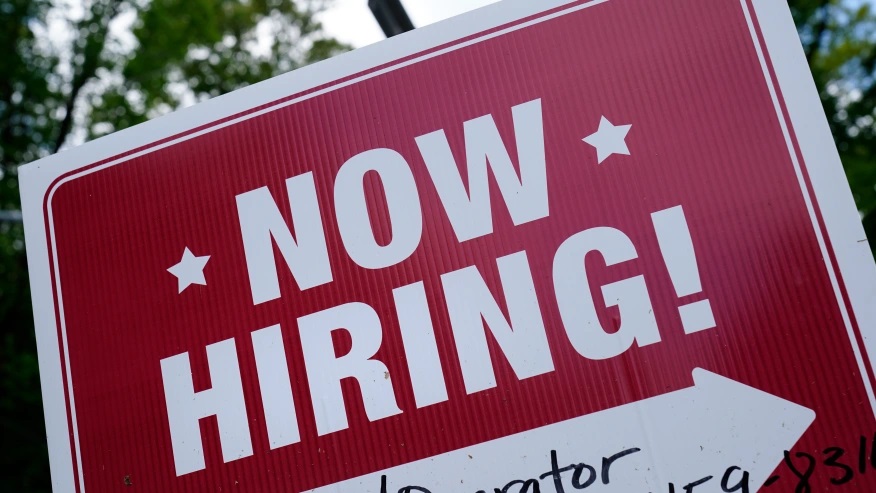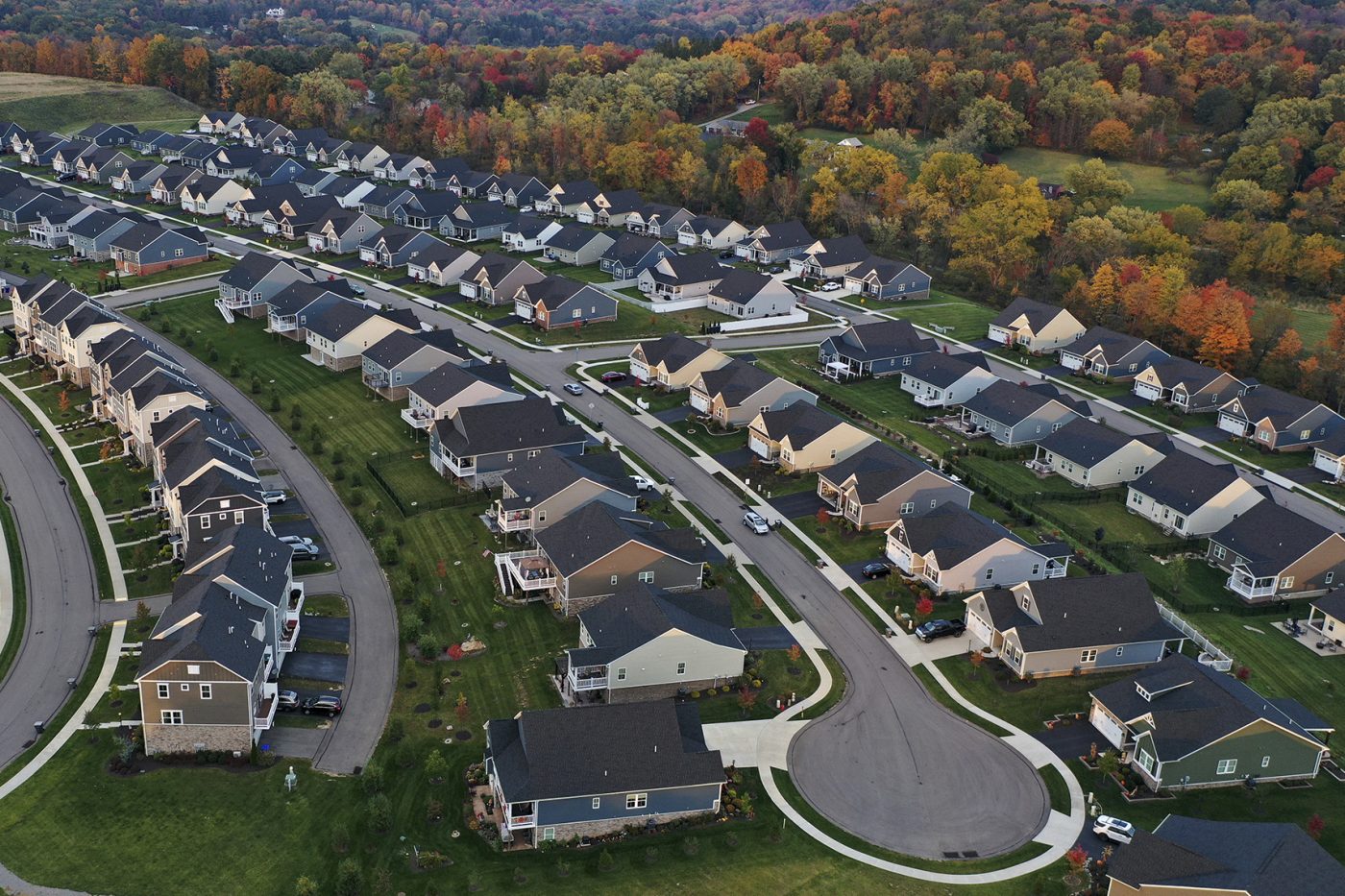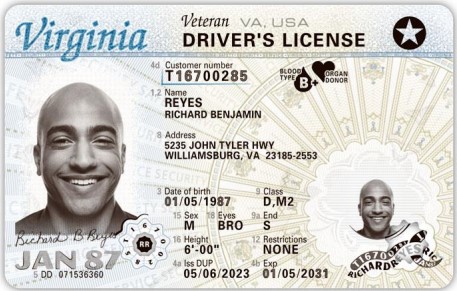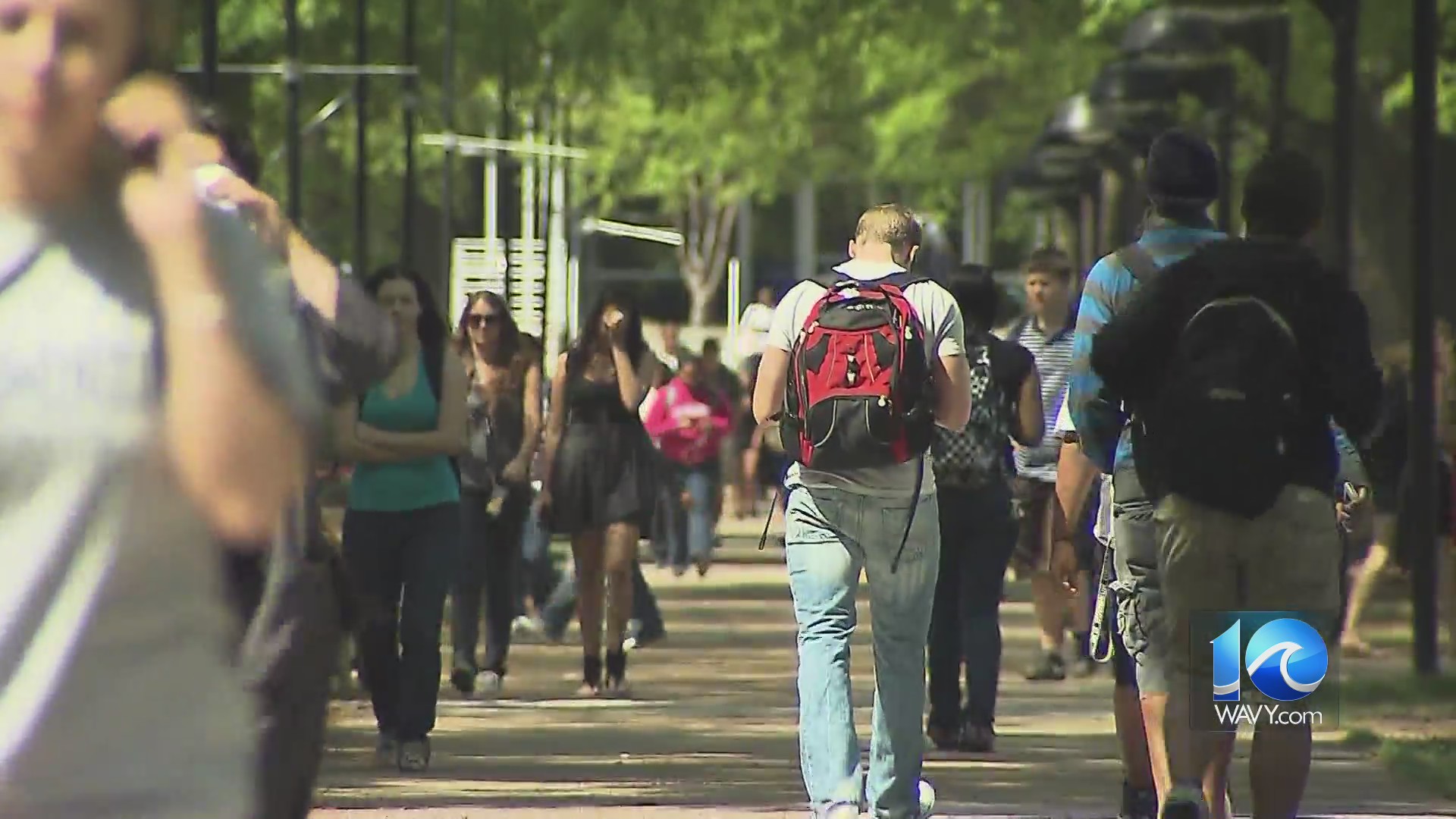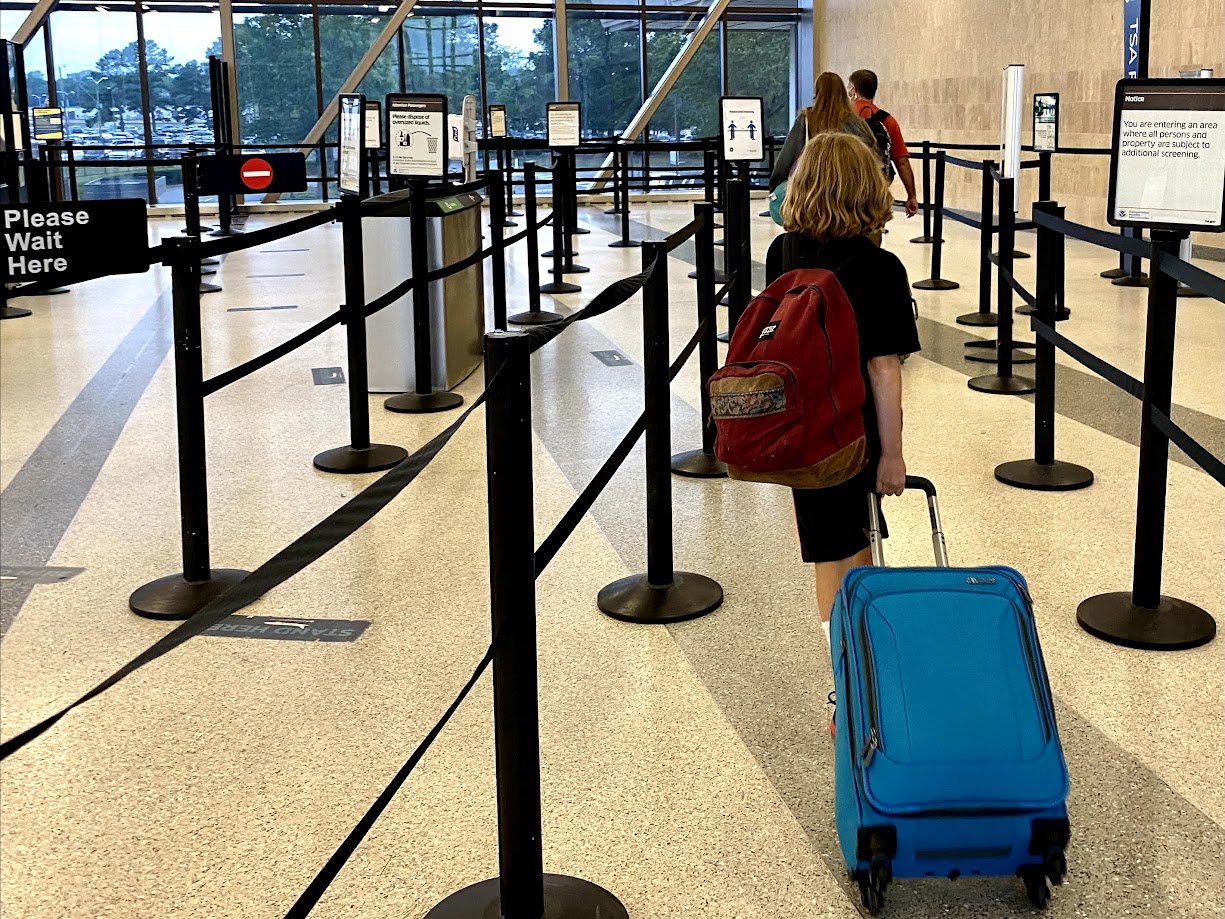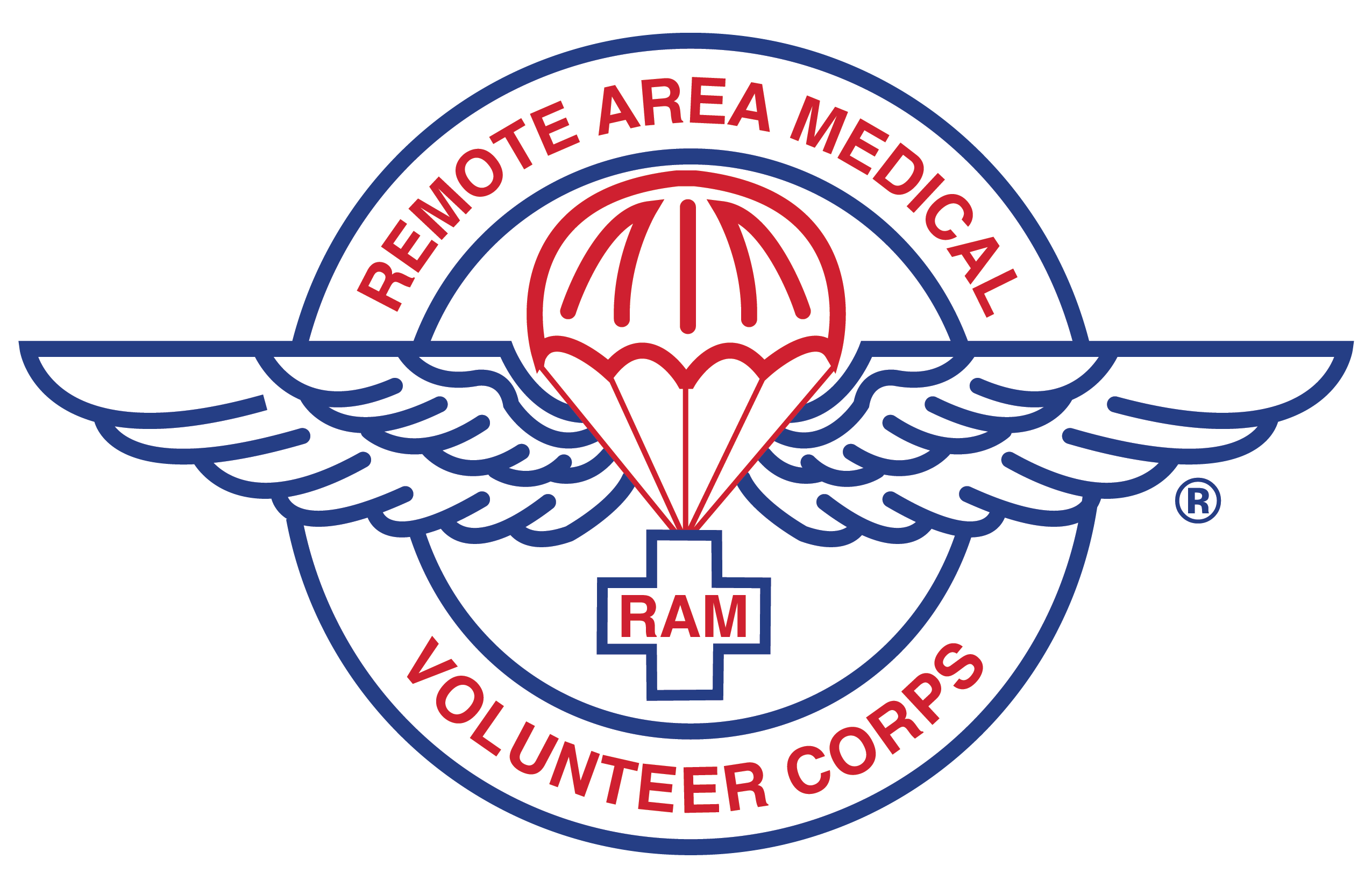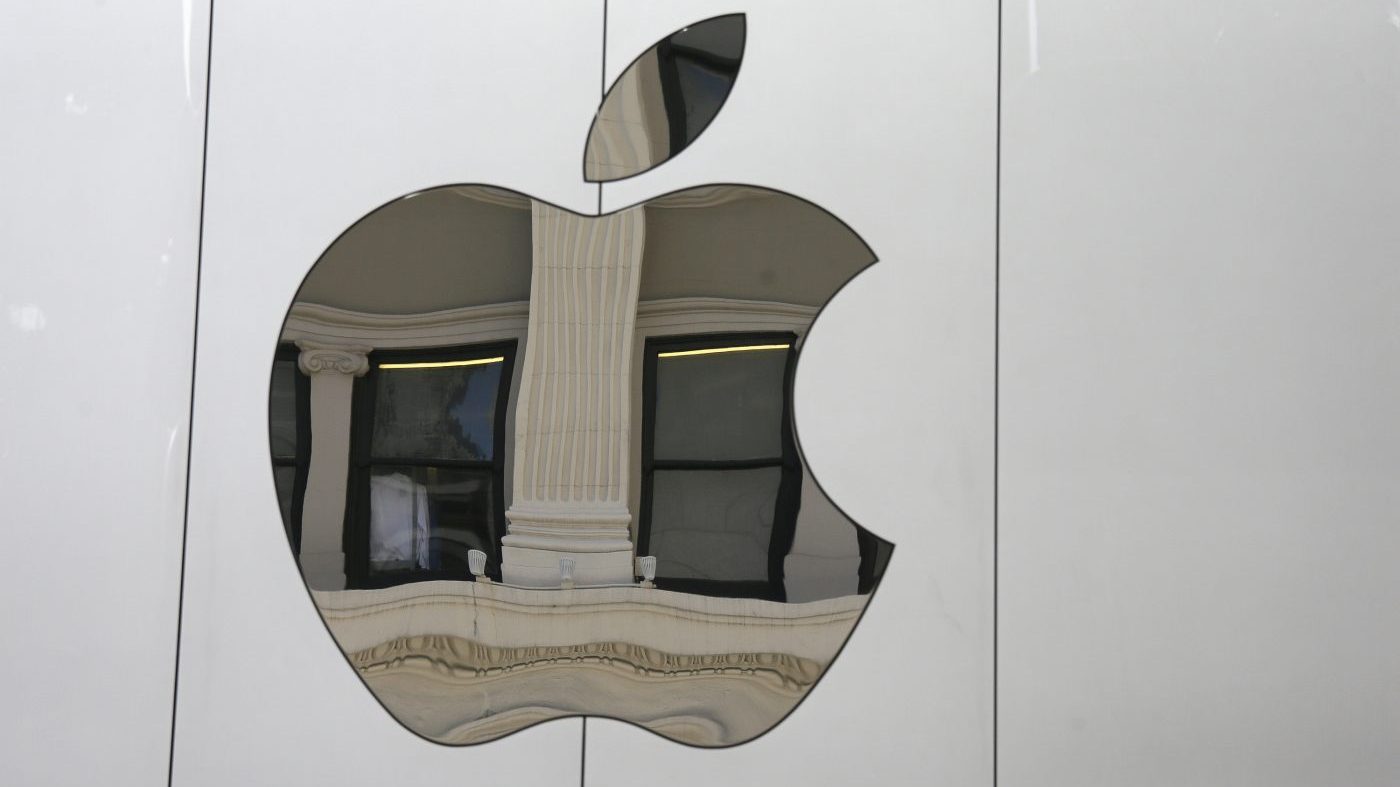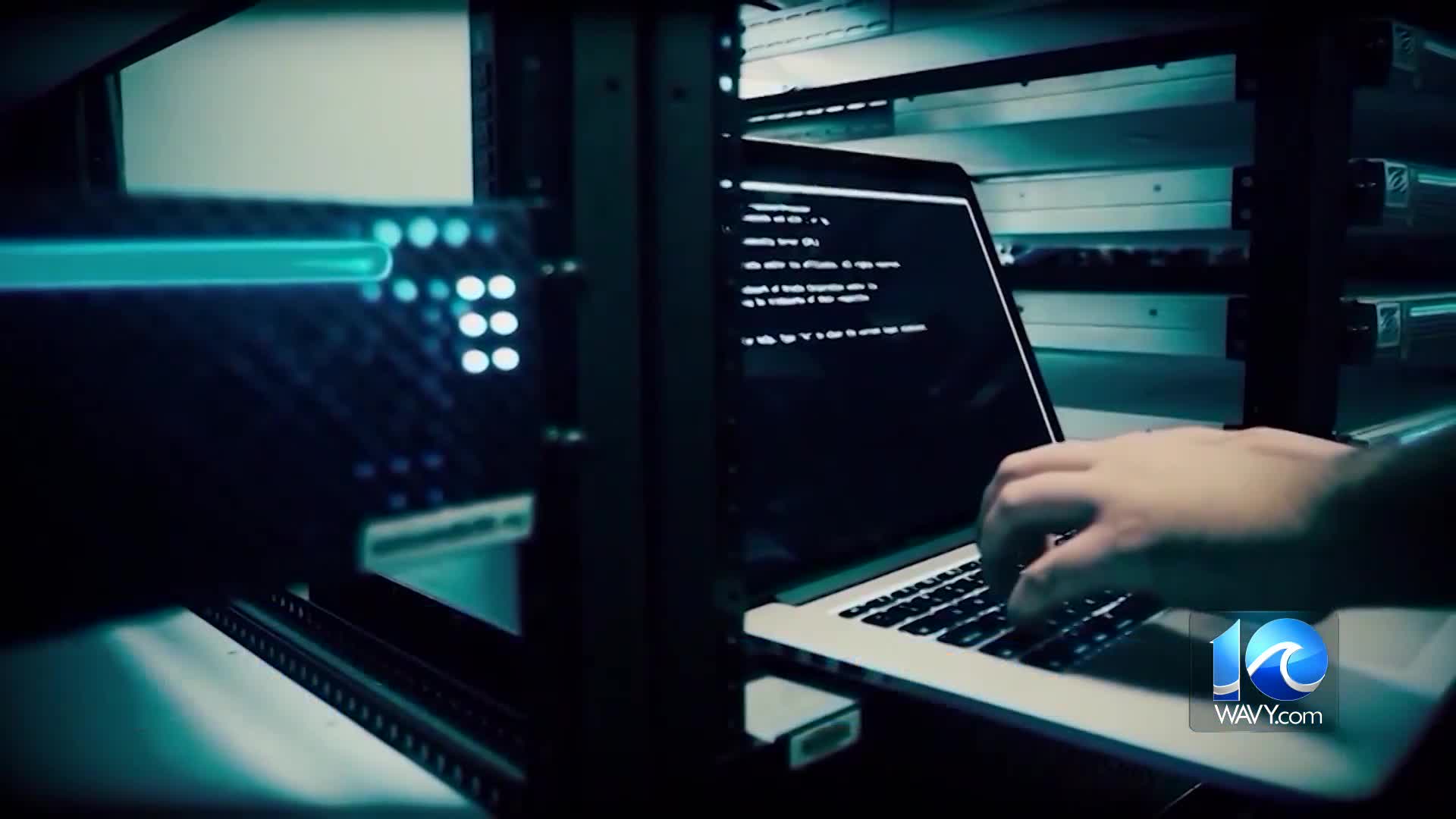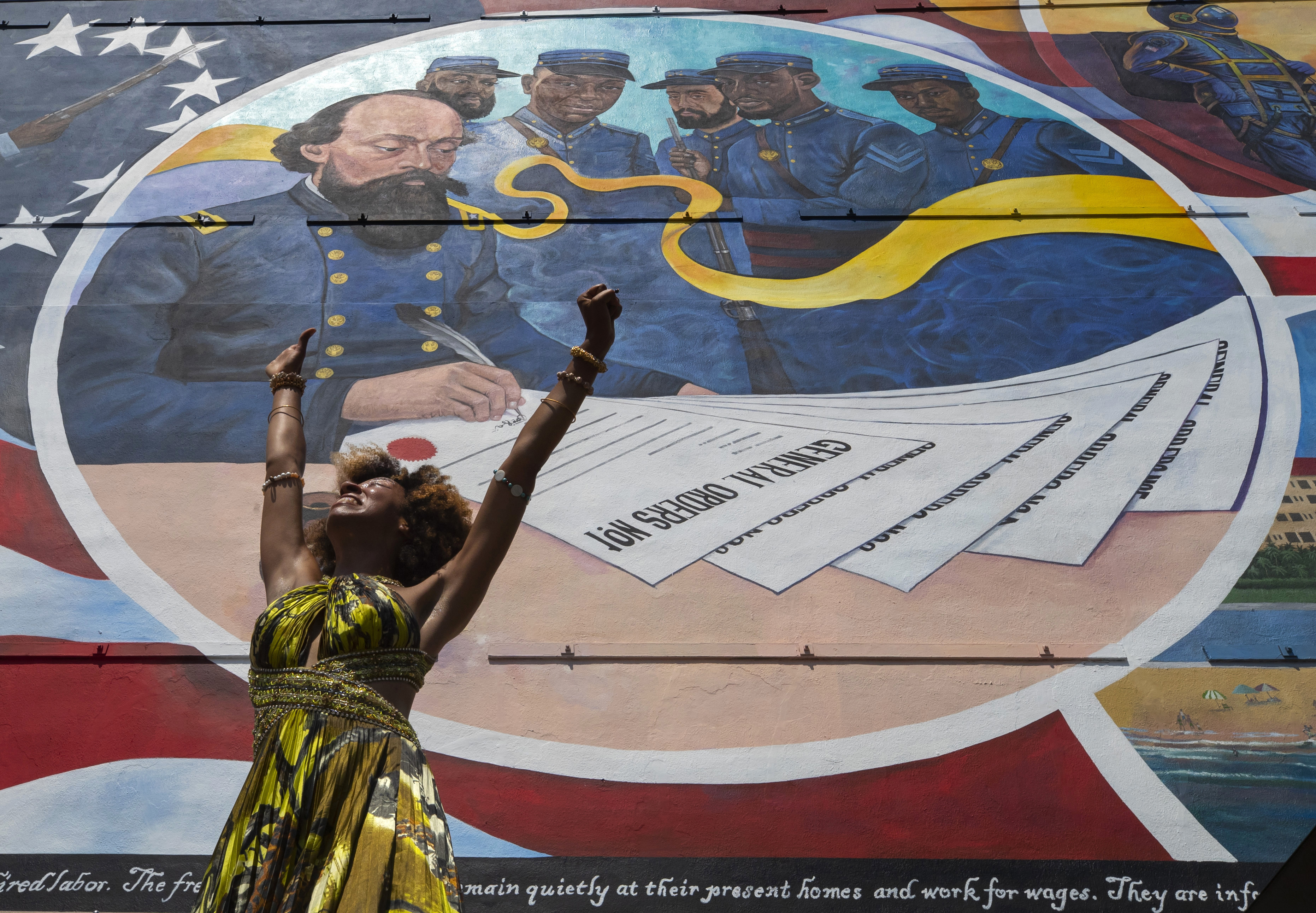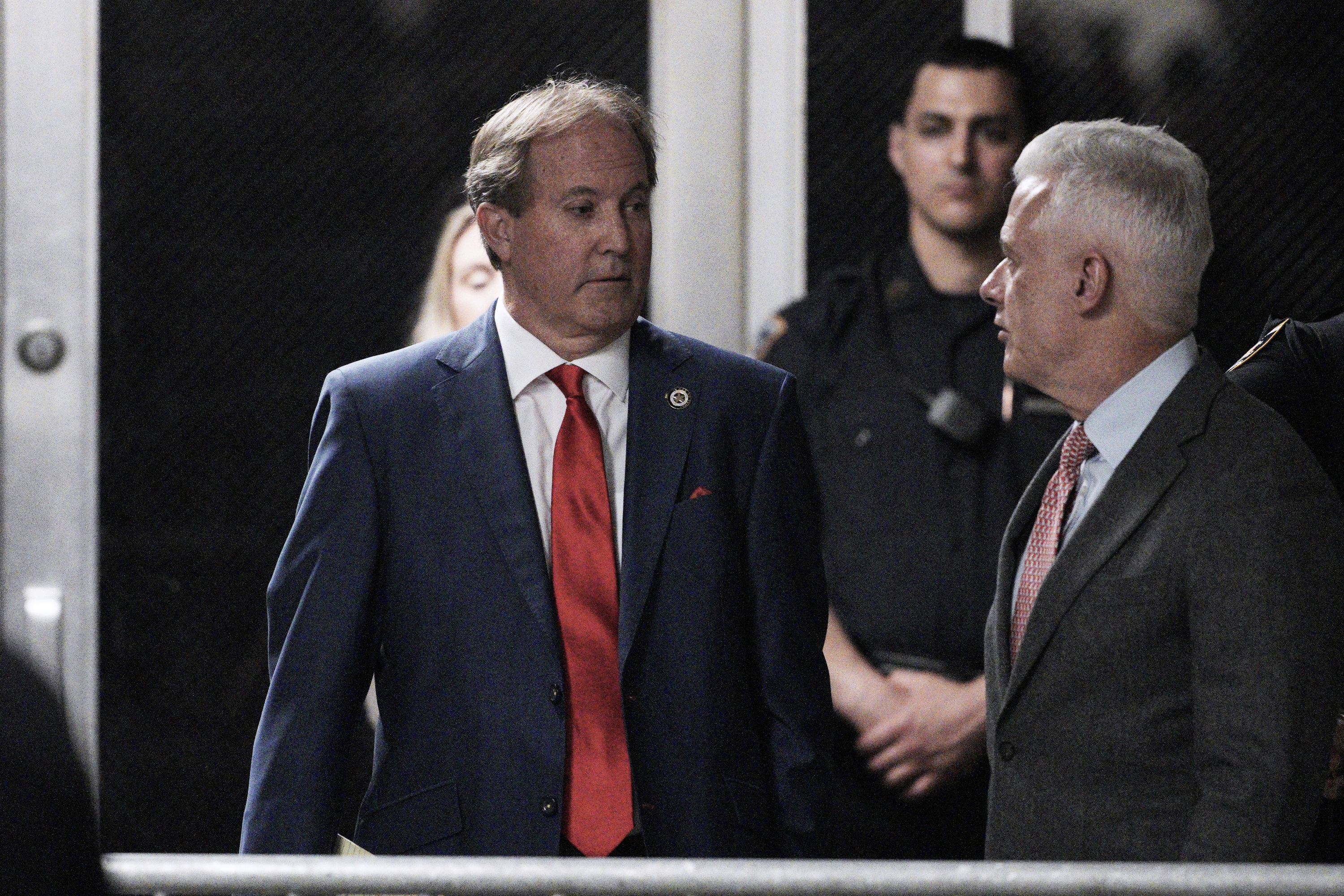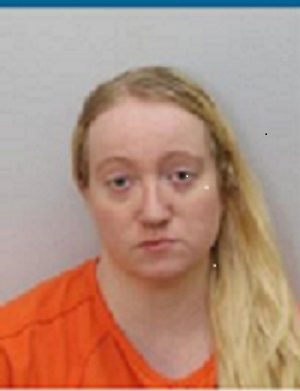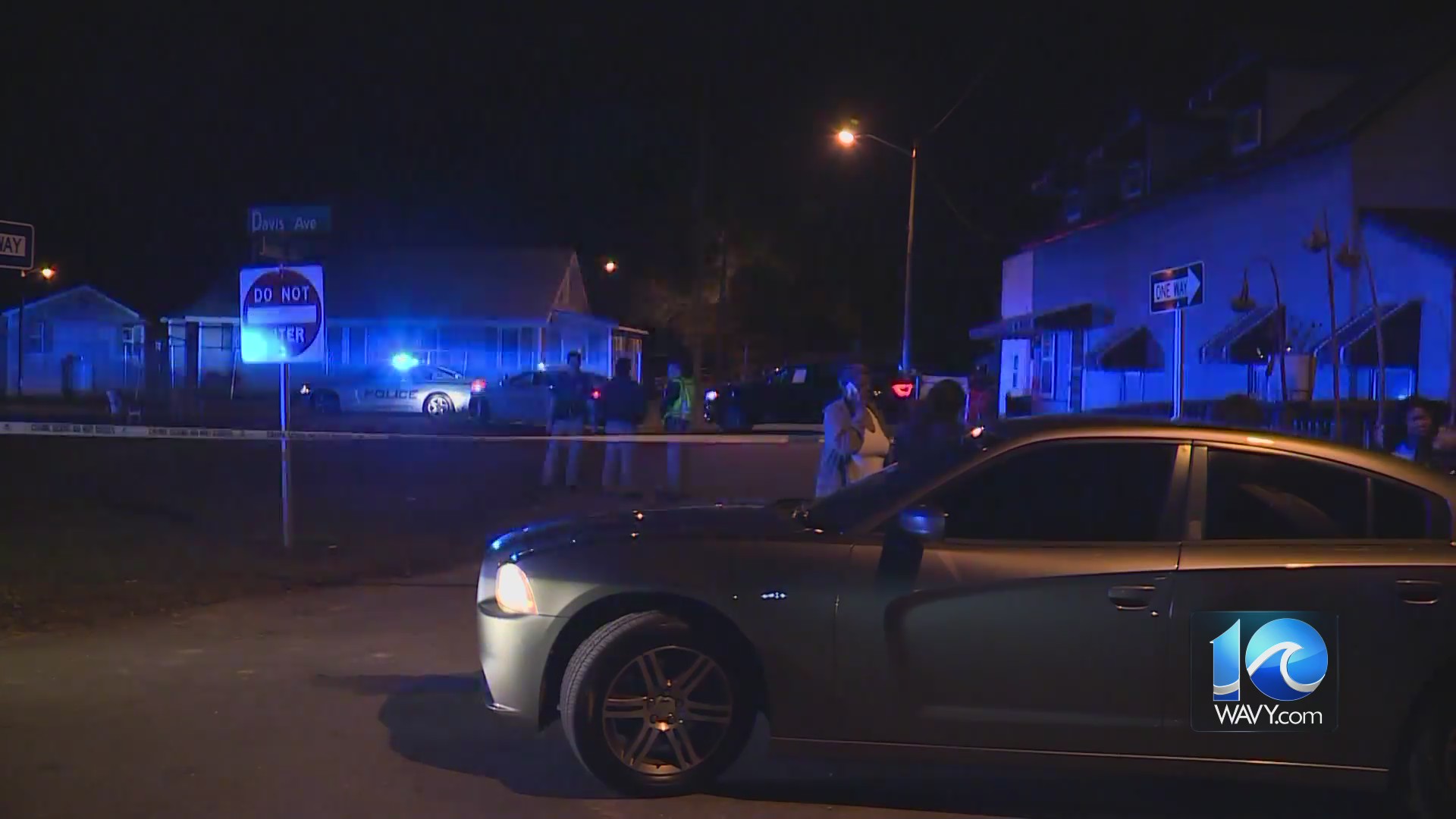RICHMOND, Va. (WRIC) – Virginia underfunds its K-12 school districts compared to most other states – roughly $1,900 less per student than the national average – according to a new report that quickly drew responses from lawmakers and will likely impact an ongoing budget stalemate.
The report from the Joint Legislative Audit and Review Commission (JLARC) — Virginia’s legislative watchdog agency – also found that the commonwealth commits less funding to public education than the regional state average and three of its five bordering states.
JLARC’s study, which the legislature requested in 2021, looked into the formula Virginia uses to calculate funding for its public school districts. The formula, known as the Standards of Quality (SOQ), generates “substantially less funding than actual division spending and benchmarks,” according to the report.
For example, the formula calculated divisions needed $10.7 billion in state and local funding for fiscal year 2021. But the JLARC study found districts spent $17.3 billion to cover operations that fiscal year, $6.6 billion more than what was needed as determined by the formula.

The study also found that Virginia’s education formula doesn’t adequately account for higher-needs students, regional labor costs and a school division’s size, which are the three main cost drivers outside the control of a school district.
Republican Gov. Glenn Youngkin blamed his Democratic predecessors, Ralph Northam and Terry McAuliffe, claiming that their administrations didn’t adequately fund public education in Virginia while in office or push for reforms.
“Today’s report should serve as a wake-up call that our biggest problem and greatest opportunity is how we reform our system to drive dollars to improve student academic achievement, support our teachers, and deliver results to parents,” Youngkin wrote in a tweet Monday.
Democrats used the report to criticize Youngkin’s proposal to cut the corporate tax rate, sending out press releases and social media posts calling on Republicans to prioritize public school funding over tax cuts in negotiations over changes to the state’s two-year budget.
“Our public schools are woefully underfunded and understaffed,” Virginia House Minority Leader Don Scott (D-Portsmouth) said in a statement. “It is our children who are suffering because extremists in the Virginia GOP would rather fund corporate giveaways than their education.”

Youngkin and state Republicans have been adamant that Virginia’s financial forecast – buoyed by a $3.6 billion surplus – will allow for more investments in public education and tax cuts.
JLARC recommended changes, including a shift to a student-based funding formula for K-12 districts, which the report said is used by most other states and is simpler than the staffing method used by Virginia.
In its report, JLARC laid out recommendations for the near and long-term, potential changes that would earmark $3.5 billion in more public education funding.
Among some near-term changes, JLARC suggested that Virginia end Great Recession-era cost-saving efforts, replace its outdated and inaccurate free lunch measure and consolidate two of the state’s largest at-risk programs into a new program to better help students living in poverty.
One of JLARC’s long-term recommendations – which would cost $1.8 billion – would be for Virginia to develop new staffing ratios that are based on actual staffing.
Virginia lawmakers would need to approve most of JLARC’s recommendations.
